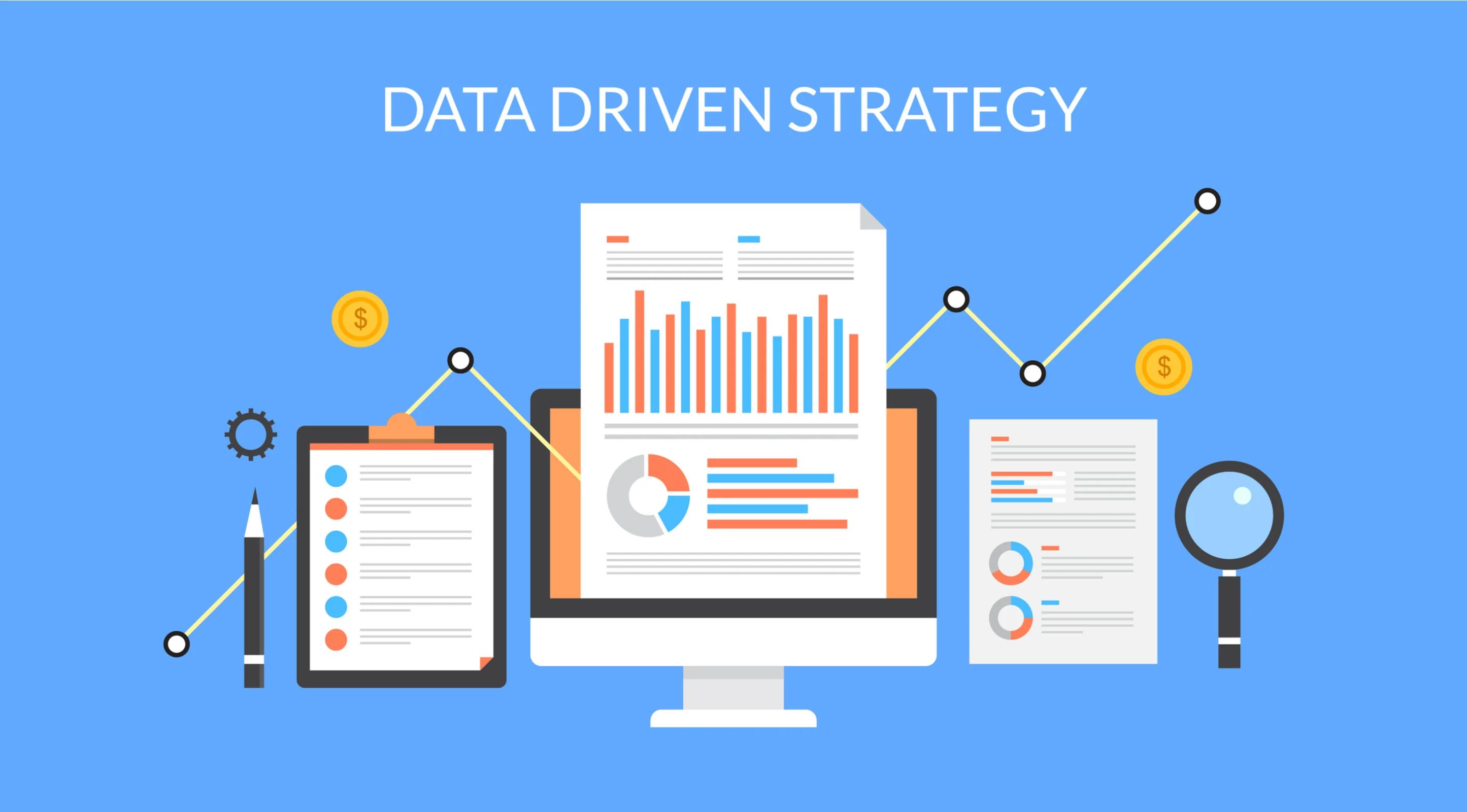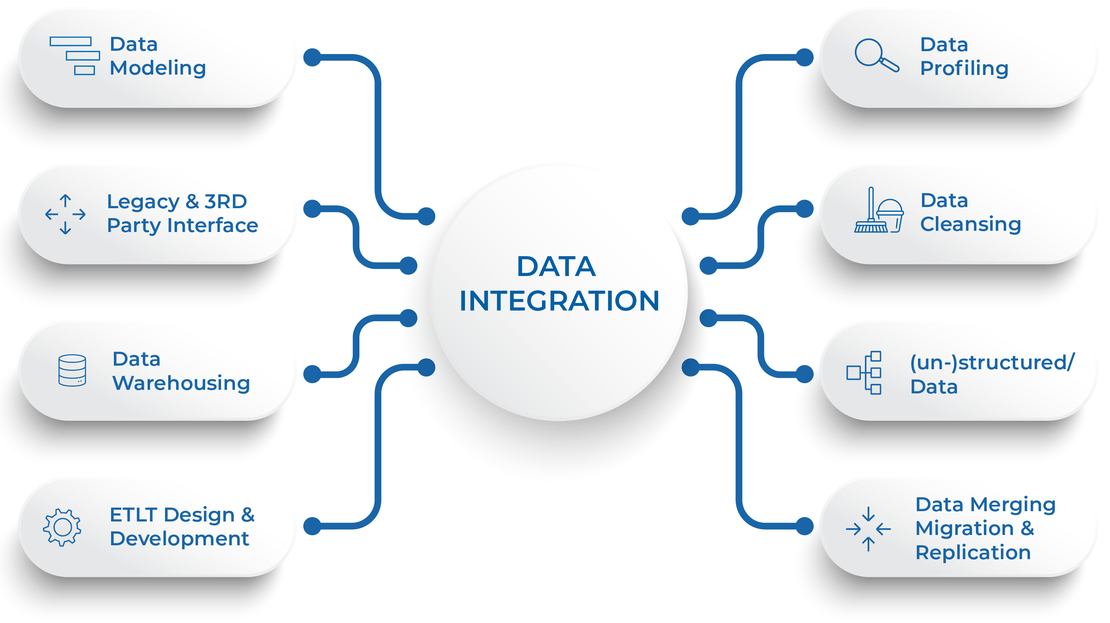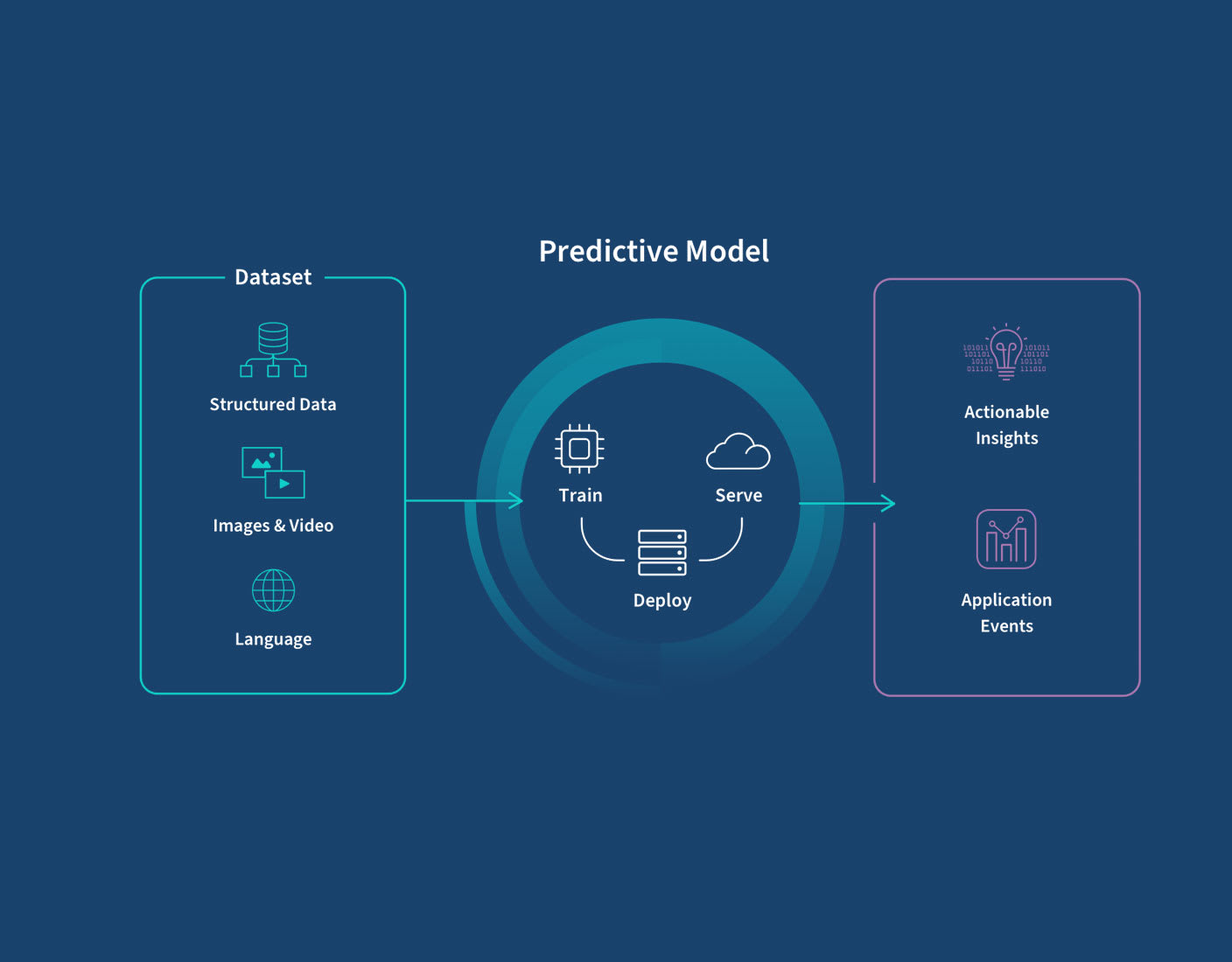6 min to read
Data-Driven Decision Making in Senior Living Facilities Using Advanced Analytics

Advanced Analytics refers to the sophisticated examination of data and statistics to uncover insights, predict future trends, and make decisions that enhance the quality of life for seniors. This goes beyond traditional data analysis methods, employing complex algorithms, machine learning, and predictive modelling to understand and improve various aspects of senior living facilities and care services.
A notable example of its application is in personalised care plans. By analysing detailed health data, lifestyle preferences, and historical care patterns of residents, facilities can tailor care and activities to individual needs, significantly improving residents' quality of life. The scope of advanced analytics in senior living encompasses operational efficiency, resident safety, health care, and personalised living experiences. It can predict health deteriorations, optimise staffing, and even tailor recreational activities to residents' interests and abilities.
You could work with us, the leading digital marketing agency in Lisbon, Portugal.
Strategies for Effective Data Collection across Multiple Sources

Implementing an integrated data warehousing solution for centralising information from diverse sources like medical records, operational data, resident feedback, and sensor data, is a crucial strategy for healthcare and residential facilities. This approach significantly enhances decision-making capabilities by providing a unified view of data. The most important and unique aspect of this implementation is its potential to improve patient and resident care quality.
When data from various sources is centralised, healthcare providers can access comprehensive patient information in real-time, leading to more accurate diagnoses, personalised treatment plans, and proactive health management. For residential facilities, it means a better understanding of residents' needs, preferences, and feedback, which can be used to tailor services and improve overall satisfaction. This unified data approach supports a more responsive, efficient, and patient-centric care model, setting a new standard in healthcare and residential services.
Data integration to a centralised system ensures interoperability, data quality, and security

The importance of integrating data into a centralised system, especially considering interoperability, data quality, and security, hinges on creating a seamless, efficient, and secure environment for managing vast amounts of information. It not only enhances operational efficiency and decision-making but also ensures the reliability and security of data, which are fundamental to the success of any data-driven organisation.
Interoperability is crucial as it ensures different data systems, applications, and products can communicate and work together effectively. This facilitates the sharing and analysis of data across different platforms and organisations, making it easier to gain comprehensive insights and make informed decisions.
Data quality is equally important because the accuracy, consistency, and reliability of data directly impact the insights derived from it. High-quality data supports effective decision-making, operational efficiency, and customer satisfaction. Investing in data quality measures, such as data cleaning and validation processes, ensures that the information used for analysis is accurate and trustworthy.
Predictive models could help anticipate resident needs

The key strategy here involves leveraging advanced analytics and machine learning algorithms to analyse historical and real-time data. This approach enables the prediction of future events or conditions with significant accuracy, based on patterns and trends identified in the data.
The most impactful aspect of utilising predictive models in this context is their ability to offer proactive rather than reactive solutions. For example, by analysing trends in a resident's medical records, sensor data, and feedback, these models can predict potential health issues before they become critical, allowing for early intervention and personalised care plans. Similarly, changes in mobility or activity patterns can indicate the need for adjustments in living arrangements or physical therapy, while shifts in social interaction patterns might suggest a need for enhanced social support or changes in community engagement activities.
This proactive approach not only improves the overall well-being and satisfaction of residents but also optimises resource allocation and operational efficiency for the care providers. It represents a significant shift towards anticipatory care and personalised services, setting a new standard in resident care and facility management.
Here’s how predictive models work and how they could help you with personalised care with the help of data:
Data Collection: Predictive models begin with the collection of comprehensive data. This includes medical records, sensor data from wearable devices, resident feedback, and social interaction patterns. These data points provide a holistic view of a resident's health, mobility, and social needs.
Pattern Recognition: Machine learning algorithms analyse the collected data to identify patterns and trends. For instance, a decline in physical activity might be linked to increased health risks, or changes in social interaction could indicate evolving social preferences.
Risk Assessment: The models assess the risk of potential future events, such as health deterioration or a need for changes in care. By evaluating historical and real-time data, they can forecast with a degree of certainty what might happen in the future based on current trends.
Personalization: Predictive analytics enable the customization of care plans and services. If a model predicts a resident's mobility might decrease, preemptive measures like physical therapy can be planned. Similarly, anticipated changes in social preferences can guide adaptations in social activities or environments to better suit residents' evolving needs.
Early Intervention: Perhaps the most critical aspect is the ability of predictive models to facilitate early intervention before issues become more severe. This can significantly improve the quality of life for residents by addressing health, mobility, and social needs promptly and efficiently.
Optimise the overall operational management with data-driven analytics
Optimising facility operations with data, particularly in settings like senior living communities, involves a strategic use of analytics to ensure that staffing, inventory, and maintenance are aligned with resident needs and operational efficiency. A crucial and often overlooked strategy is the dynamic adjustment of operations based on predictive analytics.
For staffing, predictive models can analyse resident care profiles, which include health status, mobility levels, and personal preferences, to forecast staffing requirements accurately. This ensures that there are enough staff members on hand to meet residents' needs without overstaffing, which can be costly.
- Predictive models analyse resident care profiles, including health status and personal preferences, to accurately forecast staffing requirements.
- This ensures adequate staffing to meet residents' needs without the cost implications of overstaffing.
- For example, anticipating increased care needs during flu season allows for preemptive staffing adjustments, enhancing resident care and staff utilisation.
In inventory management, data analytics can predict usage rates of medical supplies, food, and other essentials by analysing historical consumption patterns and considering factors like seasonal changes or upcoming events. This results in more accurate ordering, reducing both shortages and excess inventory that ties up capital and storage space.
- Data analytics predict usage rates of supplies by analysing historical consumption patterns and considering seasonal changes.
- Results in accurate ordering, reducing shortages and excess inventory, thereby freeing up capital and storage space.
Maintenance scheduling benefits significantly from data optimization as well. Predictive analytics can forecast when equipment or facilities are likely to need servicing, based on usage patterns and historical maintenance data. This proactive approach prevents breakdowns and ensures a safer, more comfortable environment for residents. It also allows for the scheduling of maintenance work during off-peak hours to minimise disruption to residents and operations.
By leveraging data in these ways, facilities can not only meet the current needs of their residents more effectively but also anticipate future demands, ensuring that operations are always one step ahead. This results in a higher quality of care, better resource management, and more efficient operations overall, highlighting the transformative power of data in optimising facility operations.
Ensure that you communicate with your residents and their families with their preferred channels of communication
Personalised communication strategies, empowered by analytics, are pivotal in crafting messages that resonate deeply with your audience. This tailored approach considers preferred communication channels, content customization, and optimal timing to maximise engagement and effectiveness.
Analytics provide insights into which platforms your audience prefers, whether it’s email, social media, text messages, or another medium. Understanding these preferences allows for targeted communications that are more likely to be received and appreciated, as they align with the user’s daily habits and technology use.
By analysing interaction data, you can identify which topics and types of content resonate most with your audience. This enables the creation of more relevant and engaging content, tailored to the interests and needs of the audience. Customization can range from personalised product recommendations to content that addresses the individual’s specific challenges or interests

About Bruno GavinoBruno Gavino is the CEO and partner of Codedesign, a digital marketing agency with a strong international presence. Based in Lisbon, Portugal, with offices in Boston, Singapore, and Manchester (UK) Codedesign has been recognized as one of the top interactive agencies and eCommerce agencies. Awarded Top B2B Company in Europe and Top B2C company in retail, Codedesign aims to foster personal relationships with clients and create a positive work environment for its team. He emphasizes the need for digital agencies to focus on data optimization and performance to meet the increasingly results-driven demands of clients. His experience in digital marketing, combined with a unique background that includes engineering and data, contributes to his effective and multifaceted leadership style. |

About CodedesignCodedesign is a digital marketing agency with a strong multicultural and international presence, offering expert services in digital marketing. Our digital agency in Lisbon, Boston, and Manchester enables us to provide market-ready strategies that suit a wide range of clients across the globe (both B2B and B2C). We specialize in creating impactful online experiences, focusing on making your digital presence strong and efficient. Our approach is straightforward and effective, ensuring that every client receives a personalized service that truly meets their needs. Our digital agency is committed to using the latest data and technology to help your business stand out. Whether you're looking to increase your online visibility, connect better with your audience, get more leads, or grow your online sales. For more information, read our Digital Strategy Blog or to start your journey with us, please feel free to contact us. |
CodeDesign is leading:
- Digital Agency
- Digital Marketing Agency
- Digital Ecommerce Agency
- Amazon Marketing Agency



Add comment ×